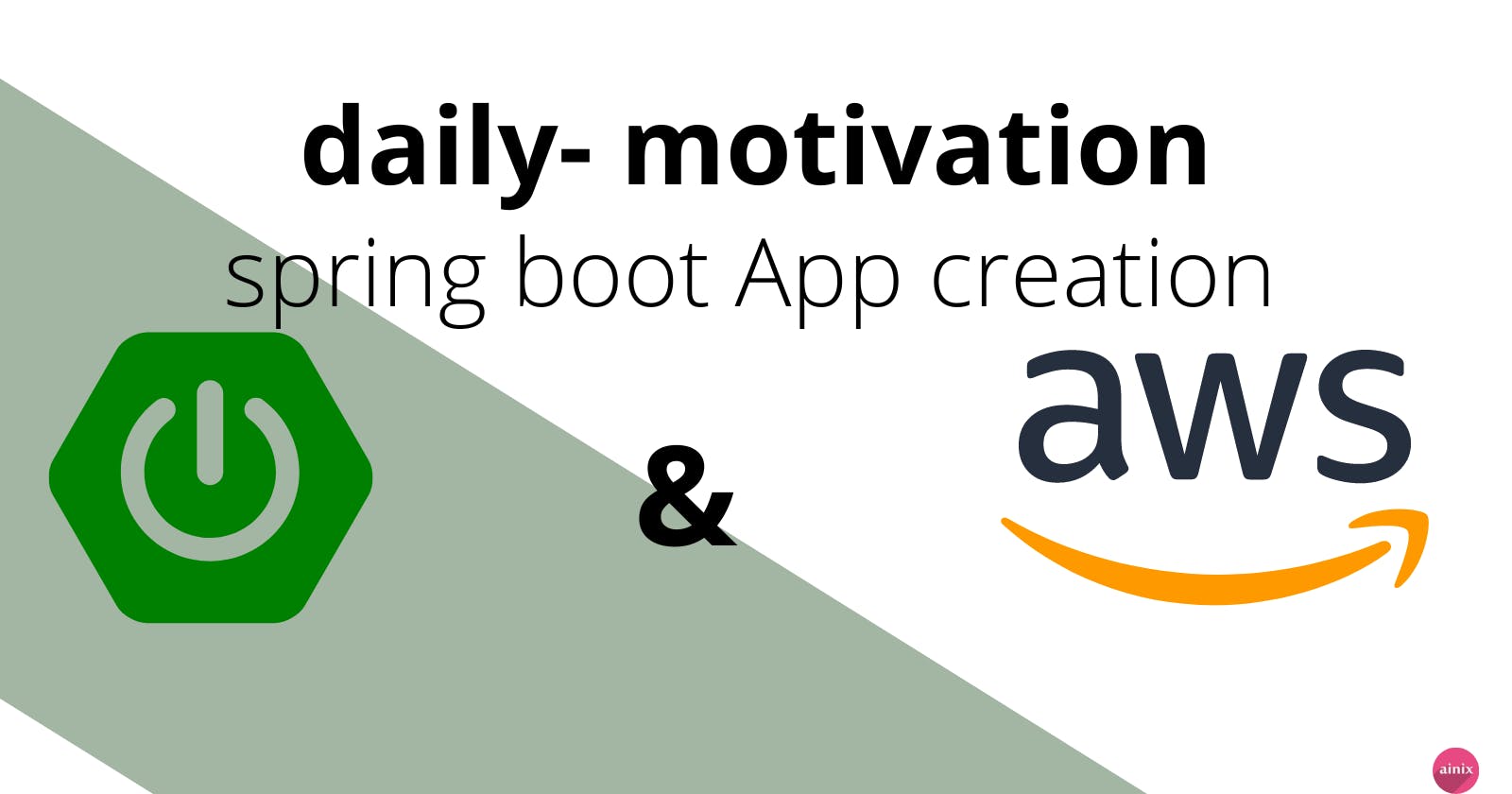Spring Boot is a popular Java-based framework used to create web applications. It provides a range of features that simplify the development process, such as auto-configuration, embedded servers, and a range of starter dependencies. In this document, we will discuss the different components of a Spring Boot application.
Creating Spring boot application
Creating a Spring Boot application using the Spring Initializr is a straightforward process that can be completed in just a few steps. The Initializr provides a user-friendly web interface that allows developers to quickly generate a project with the necessary dependencies and configurations. To create a new Spring Boot project using the Initializr, follow these steps:
open a web browser and navigate to Spring Initializr website
Select the desired project type from the available options. This could be a Maven project, a Gradle project, or a Kotlin project.
Choose the project's packaging type. This could be a JAR, a WAR, or a ZIP file.
Select the required dependencies for the project. This could include dependencies for databases, web frameworks, security, testing, and more. You can also add custom dependencies if needed.
Specify the project's metadata, including the group ID, artifact ID, and version
Click on the "Generate" button to download the project as a zip file.
Once you have downloaded the project, you can extract it to a directory of your choice and import it into your preferred IDE. In most cases, the IDE will automatically detect the project's configuration and dependencies, allowing you to start coding right away.

spring Boot dependencies
Lombok
Lombok is a Java library that provides annotations to generate boilerplate code such as getters, setters, constructors, and more. It can be used in conjunction with Spring Boot to simplify the creation of entities, services, and controllers. Lombok annotations such as @Data, @Getter, @Setter, and @NoArgsConstructor can help reduce the amount of code we need to write and make our code more concise and readable.
Spring Web
The spring-web dependency in Spring Boot provides support for building web applications. It includes features such as the Spring MVC framework, which provides a model-view-controller architecture for building web applications, and the Spring WebFlux framework, which provides reactive programming support for building non-blocking, asynchronous web applications.
Thymeleaf
Thymeleaf is a popular Java-based template engine used in web applications. It provides a way to create dynamic HTML pages by adding placeholders and expressions to HTML templates. In Spring Boot, Thymeleaf can be used in conjunction with the Spring MVC framework to create dynamic web pages. It allows us to easily bind data to HTML templates, perform conditional rendering, iterate over collections, and more. Thymeleaf templates can also be easily integrated with Spring Security to provide secure access to specific pages or elements within a page based on the user's role or permissions.
Data jpa
The spring-boot-starter-data-jpa dependency in Spring Boot provides support for using the Java Persistence API (JPA) with relational databases. JPA is a specification for persisting Java objects to a relational database using Object-Relational Mapping (ORM). It provides a set of annotations that can be used to define entities, relationships between entities, and queries. The spring-boot-starter-data-jpa dependency includes Hibernate as the default JPA provider. It also includes Spring Data JPA, which provides a set of interfaces and classes that make it easier to interact with the database and perform CRUD operations on entities.
Project Structure
Entities
In a Spring Boot application, entities represent the objects that we want to persist in a database. These entities are defined as Java classes and annotated with the @Entity annotation. We can also define relationships between entities using annotations such as @OneToOne, @OneToMany, and @ManyToOne.
Repositories
Repositories are responsible for interacting with the database and performing CRUD (Create, Read, Update, Delete) operations on our entities. In Spring Boot, repositories are defined as interfaces and annotated with the @Repository annotation. We can use the built-in CrudRepository interface to perform basic CRUD operations or define our custom methods.
Controller
Controllers are responsible for handling HTTP requests and returning responses. In Spring Boot, controllers are defined as Java classes and annotated with the @Controller annotation. We can define methods that handle specific HTTP requests such as GET, POST, PUT, and DELETE.
RestController
A RestController is a specialized type of controller that is used to build RESTful web services. It simplifies the process of building RESTful web services by providing simple annotations such as @GetMapping, @PostMapping, @PutMapping, and @DeleteMapping. These annotations map HTTP requests to specific methods in our RestController.
Service
A Service is an intermediate layer between the Controller and the Repository. It is responsible for implementing business logic and calling the appropriate methods in the repository. In Spring Boot, services are defined as Java classes and annotated with the @Service annotation.
In conclusion, Spring Boot provides a range of features that simplify the development process of web applications. The different components of a Spring Boot application, such as entities, repositories, controllers, RestControllers, and services, work together to create a robust and efficient application.
Conclusion
In summary, Spring Boot is a widely used Java-based framework for creating web applications that simplifies the development process by providing features such as auto-configuration and embedded servers. The different components of a Spring Boot application, including entities, repositories, controllers, RestControllers, and services, work together to create a robust and efficient application. The use of Lombok annotations can further simplify the creation of entities, services, and controllers. The spring-web dependency provides support for building web applications, while Thymeleaf is a popular template engine used in conjunction with the Spring MVC framework to create dynamic web pages. Finally, the spring-boot-starter-data-jpa dependency provides support for using the Java Persistence API with relational databases, making it easier to interact with the database and perform CRUD operations on entities.
In the next article, we will discuss the creation of motivations by going through entities, controllers, and repositories.

